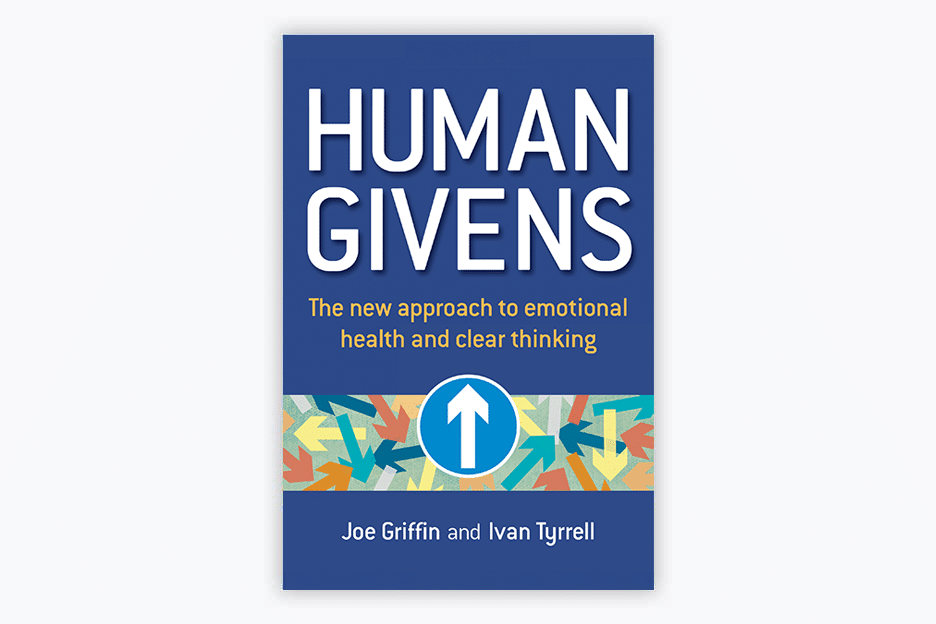What is hypnosis? Part 1 – Why all learning is post-hypnotic
The topic for the first series of posts is hypnosis, learning and conditioning. We have taken these posts from Chapter 4 of Ivan and Joe’s book, Godhead: The Brain’s Big Bang, so if you enjoy reading these posts, please pick up a copy of your own.
Whenever we recognise something, it is always because we are making a pattern-match between what is out there and an internally stored pattern. With the shape of a familiar beer bottle, for example, the image we see is pattern-matched to the stored template for the bottle in our memory.
Ordinarily, this process is automatic and we don’t register it consciously. We only become conscious of the process when we see a bottle in an unexpected context – decorating a flowerbed, for example – or if it is ambiguous in some way, as when a realistic trompe-l’oeil painting of it fools you for a moment into thinking you are looking at a real bottle. Whenever such things happen we momentarily switch off our awareness of the outside world and, in our imagination, experience comparing the information coming in from the stimulus to the memory pattern we hold of the bottle and wondering if the pattern-match is sufficiently good.
All learning invariably involves such uncertainty. So when we learn something, we experience ourselves going into our imagination and introspecting about the pattern-match – in other words, accessing our imagination in the REM state. And, since hypnosis is the word used to describe any artificial means of accessing the REM state (where attention is focused in the imaginative mind), this means that all learning is post-hypnotic.
As we have said, people’s minds read context in order to process their expectations more realistically. When we select a particular possibility and focus attention on it, an emotion is generated, ready to fuel an action of some sort. It is impossible to separate expectations from emotions.
Positive expectations draw us through life, stimulate creativity and prompt us to make efforts and take constructive actions. Negative expectations do the opposite. They inhibit positive actions and can keep people locked in varying forms of emotional distress for long periods of time. That is why changing negative expectations into more hopeful ones that inspire positive activities is the essence of effective psychotherapy for depression and anxiety disorders.
The following case involving psychotherapeutic treatment for a young man with a vomiting phobia is a good illustration. He had become depressed because he was worrying about feeling sick whenever he ate in public. When he left secondary school to go to university he was sure it would go away: that was his expectation. In fact, it didn’t go away and because of this he fell into an even more severely depressed state and became suicidal. During a session with a human givens psychotherapist, he was helped to see that the problem was not a big one at all: it was time limited because it affected less than 1% of his life. By reframing the situation in this way, the therapist changed the young man’s expectation by helping him to remember that, despite his phobia, he could still play soccer, do exams, have a laugh and a good time with his mates – all of these things and more.
The severe depressed state left him as soon as he stopped worrying about being totally controlled by the expectation that his life was ruined because his fear of vomiting hadn’t gone away. Once he saw the problem reduced from an insurmountable mountain to a climbable hill, he felt more relaxed about it and knew he could live with it and work to improve his situation further. Now he feels totally different about his life. But all that had happened was that his emotionally charged view of what he thought was going to happen – his expectation – had been changed.
Essentially, what all good psychotherapy does is change a client’s expectations. But this knowledge about expectation has ramifications far beyond psychotherapy – it embraces the very nub of how evolution works and how living organisms develop and grow.


